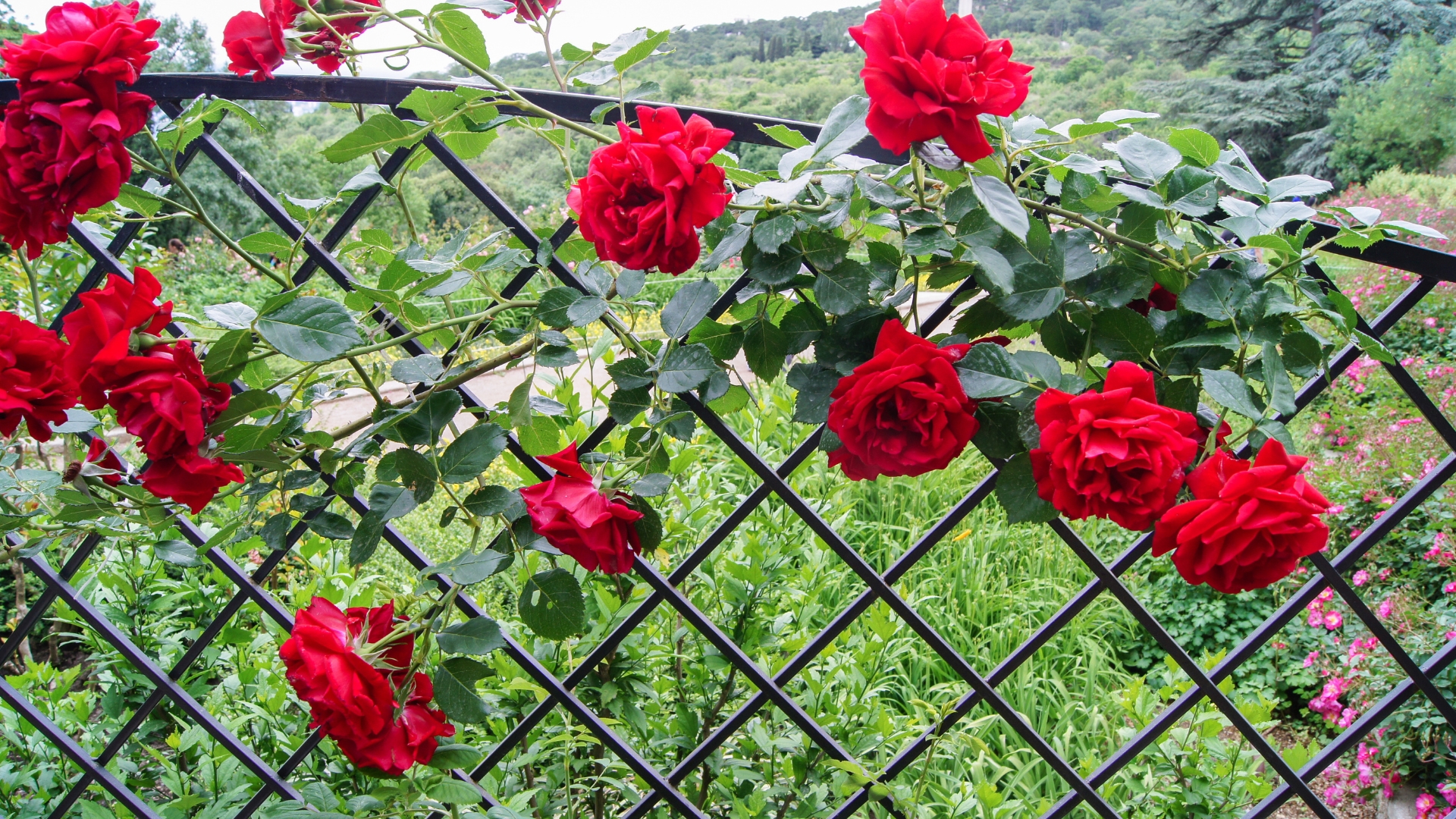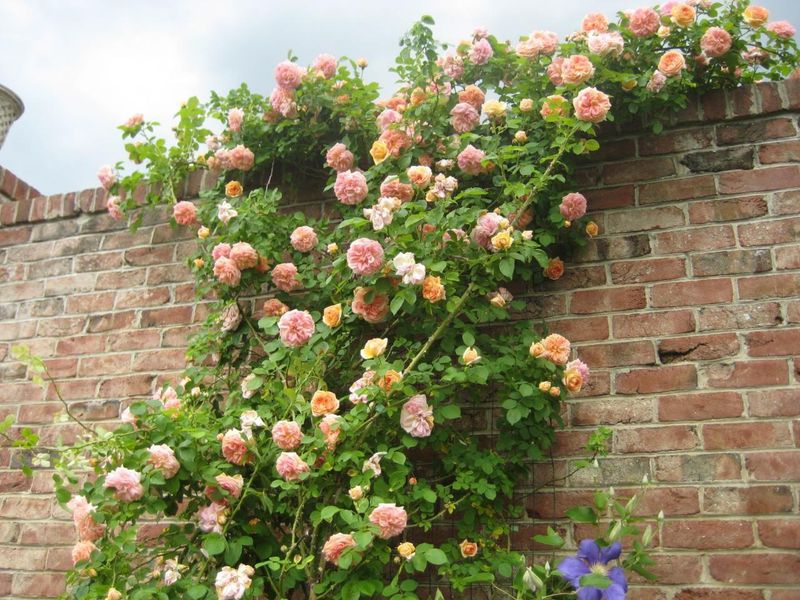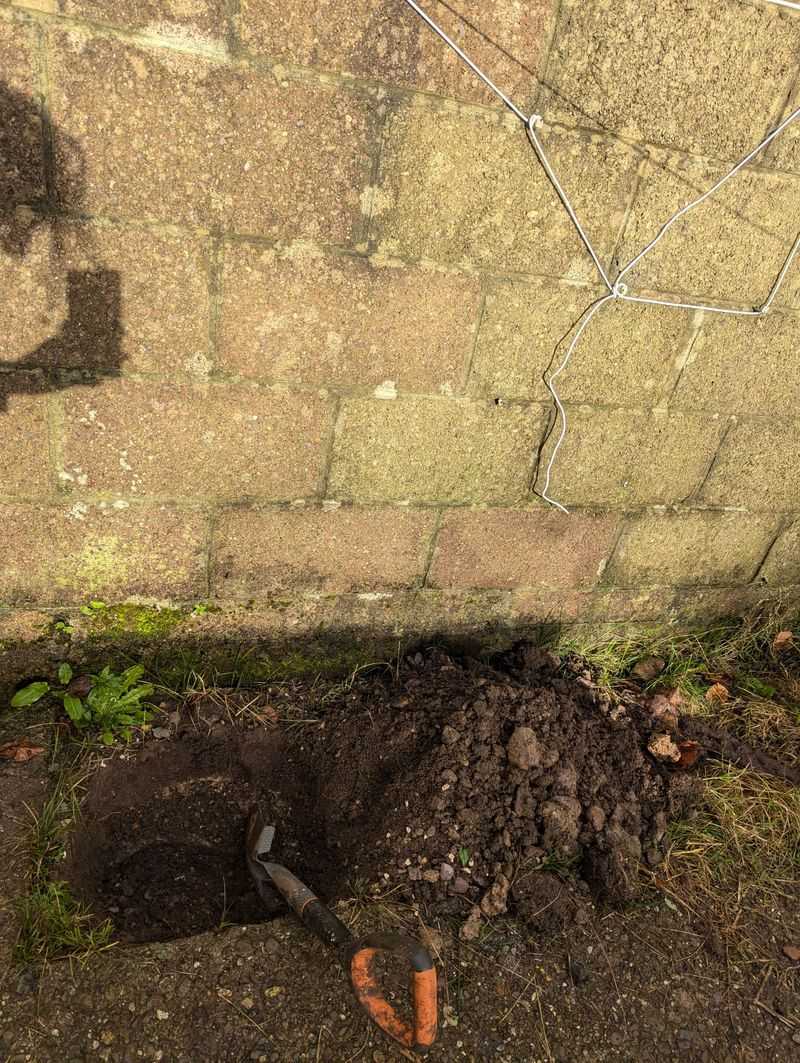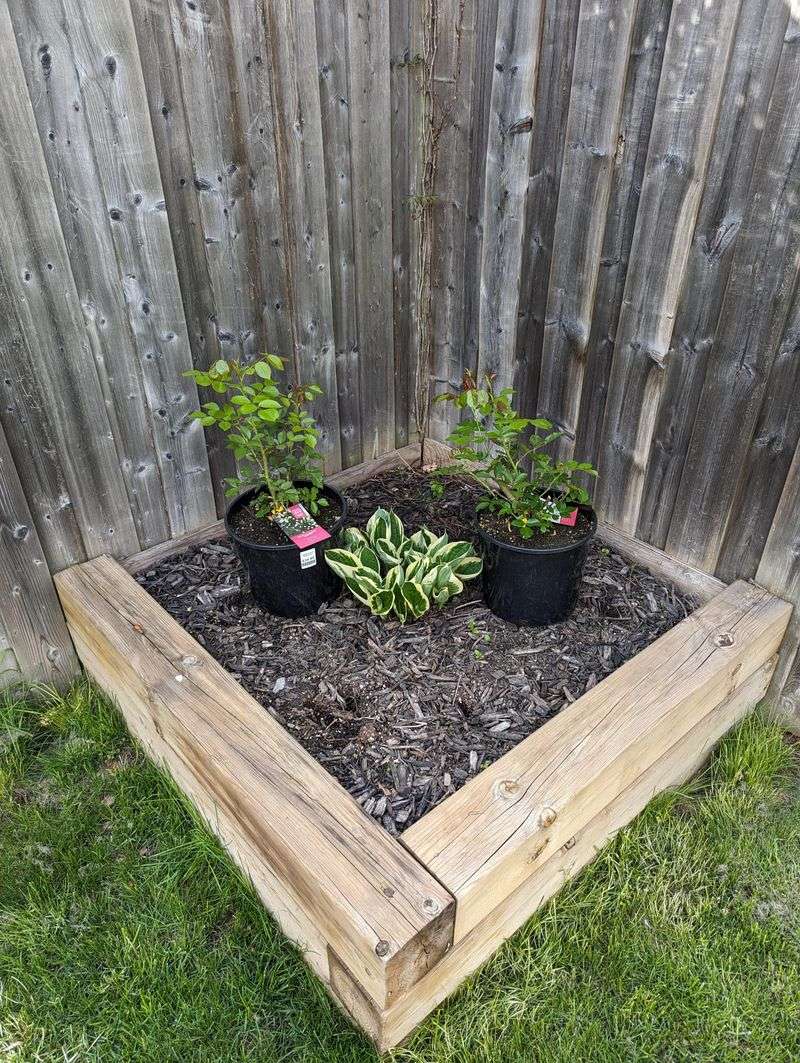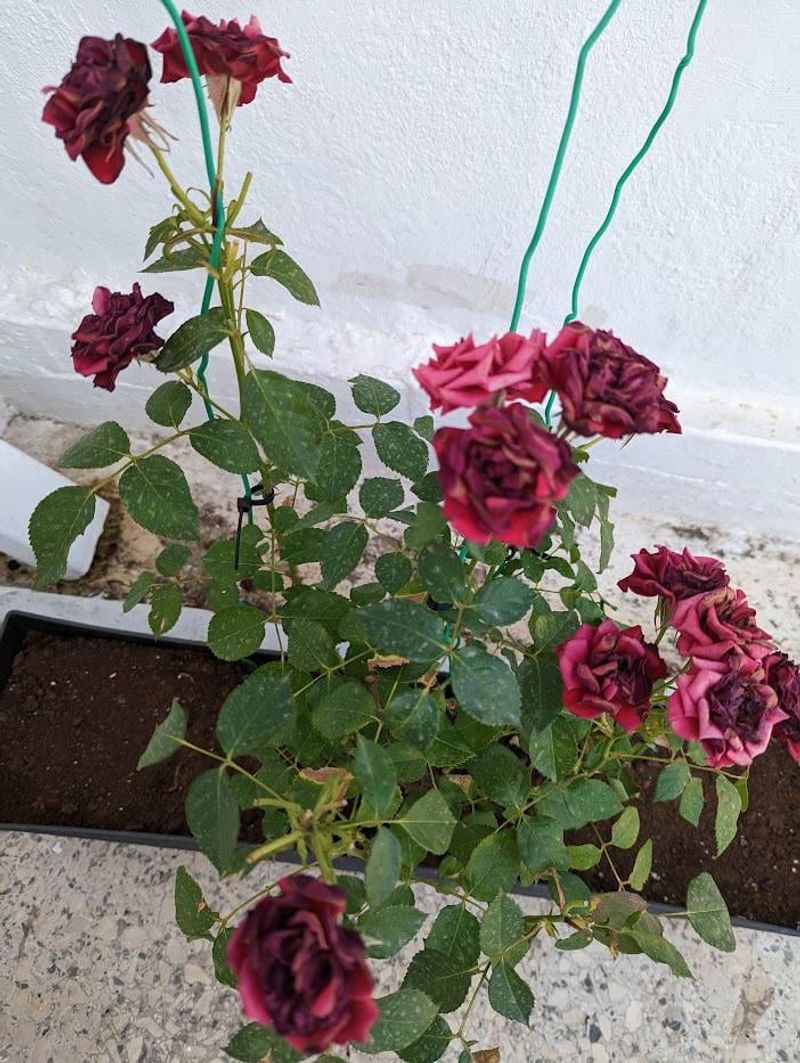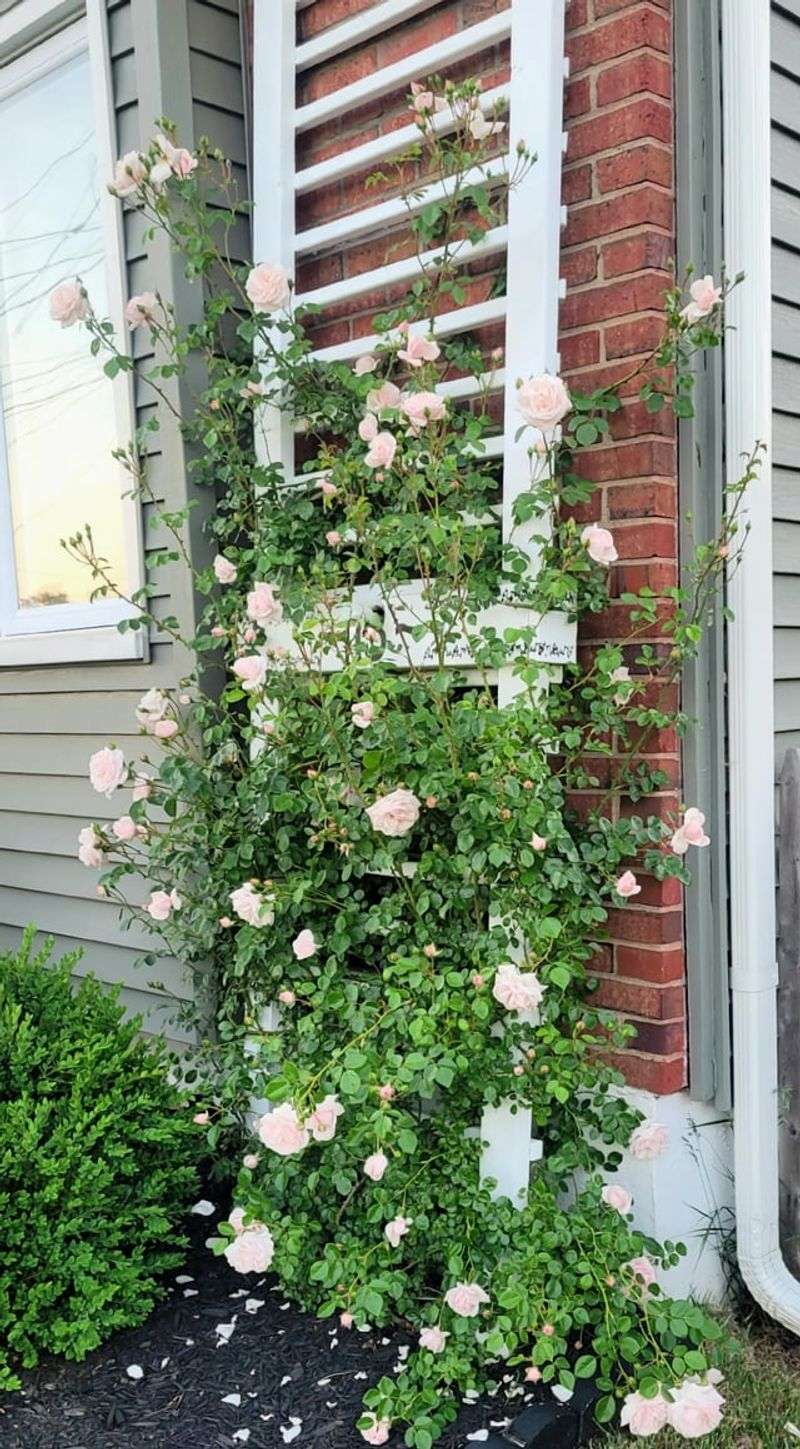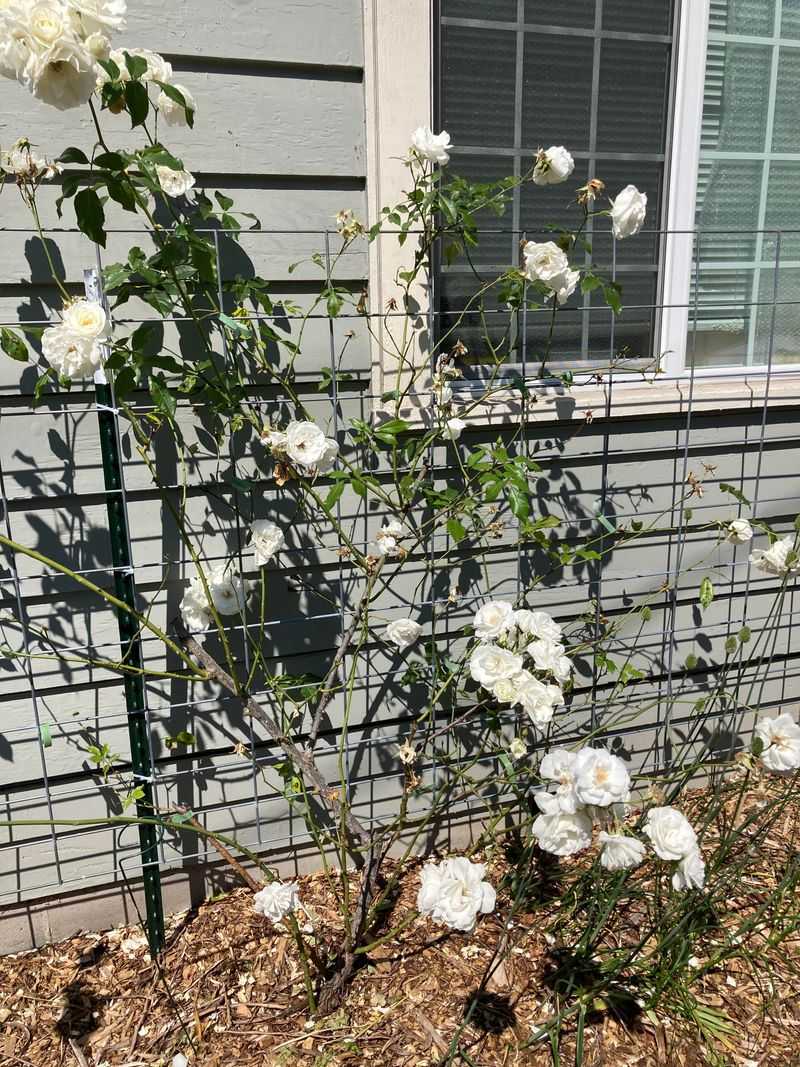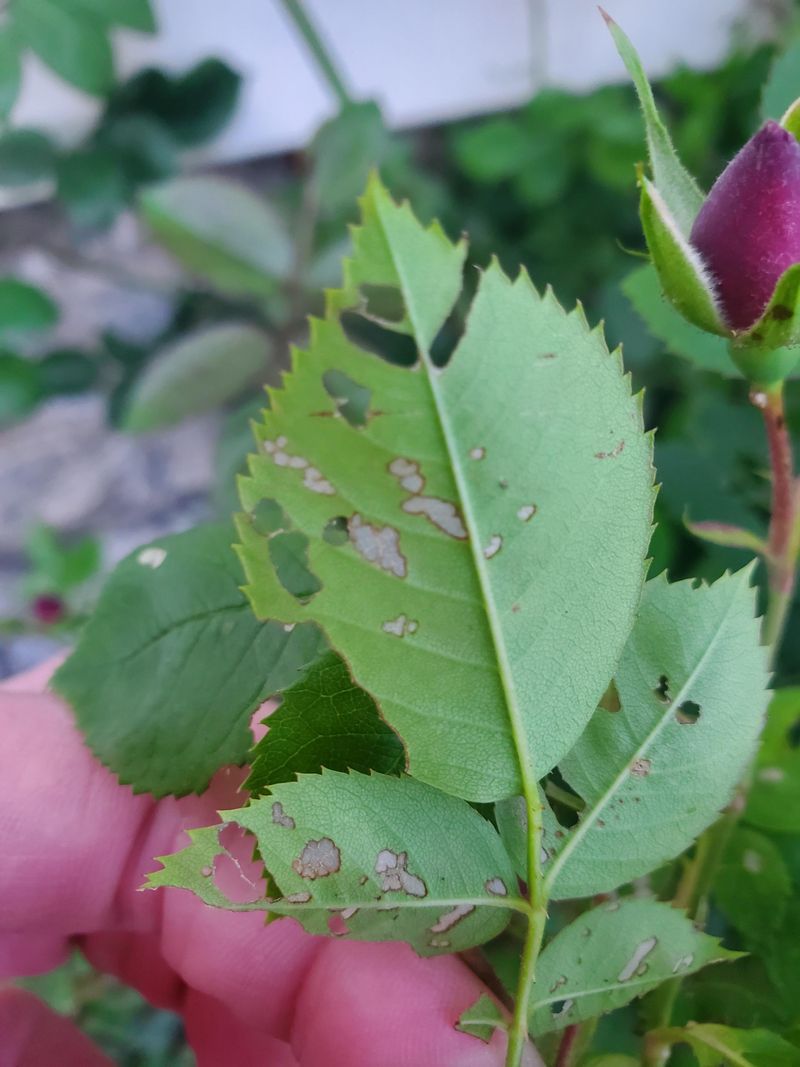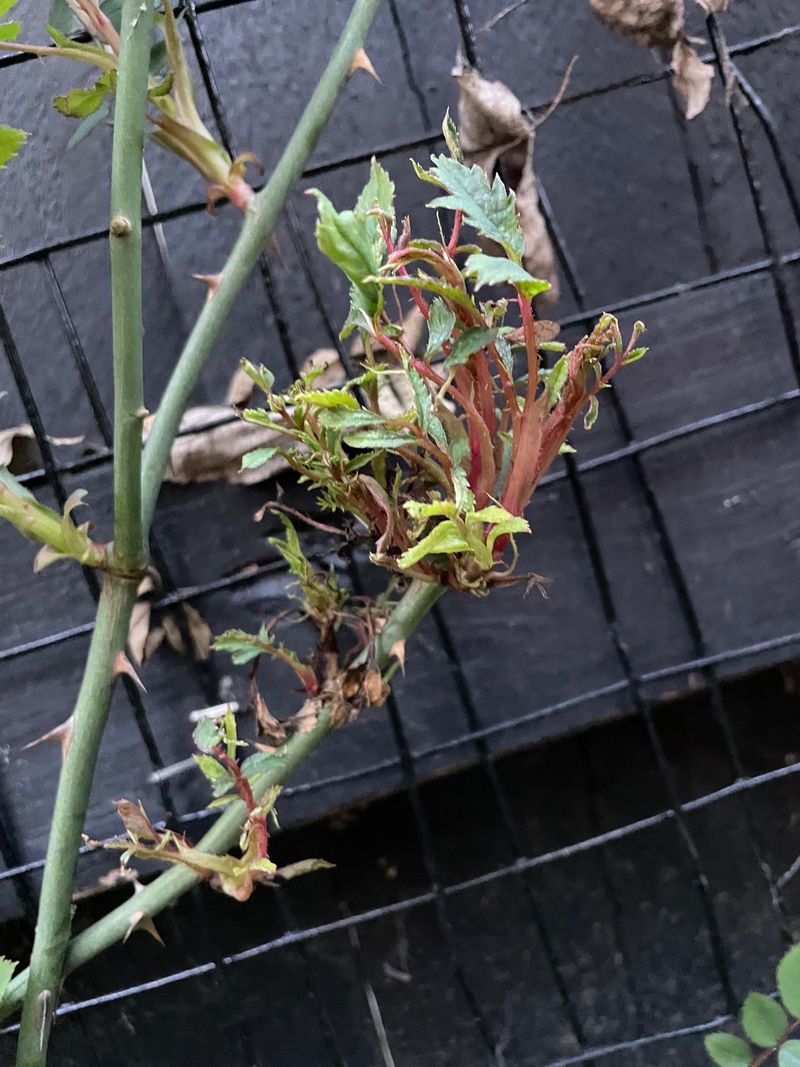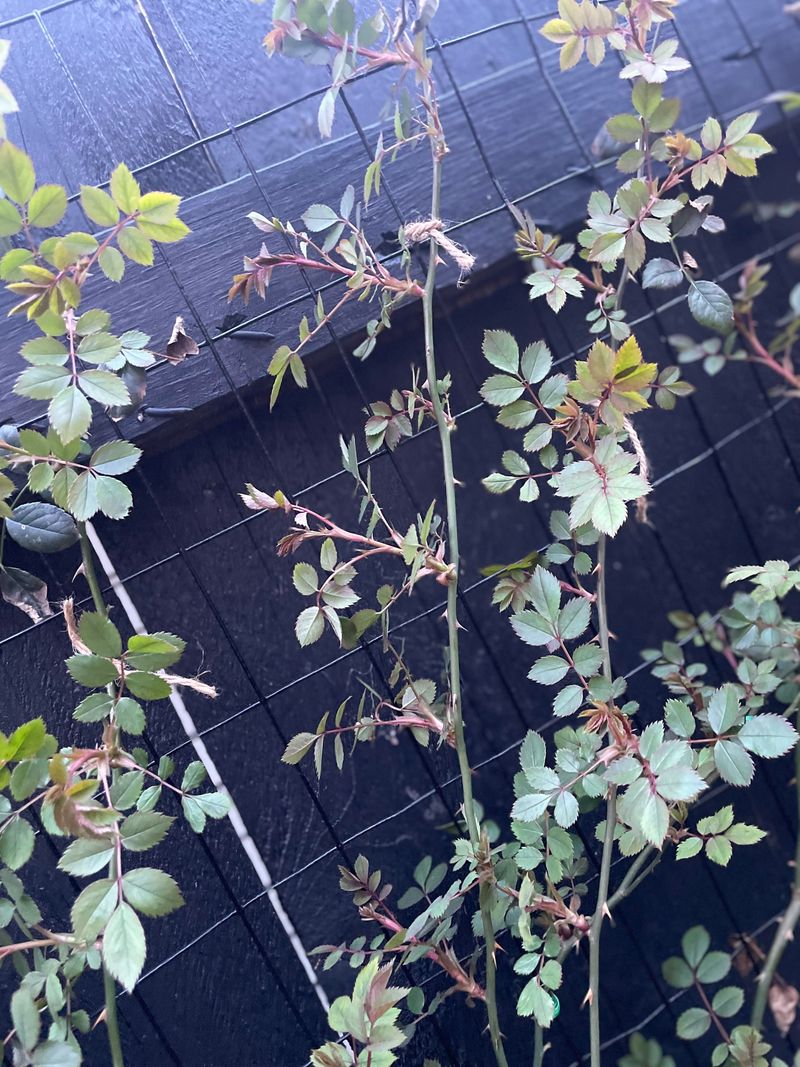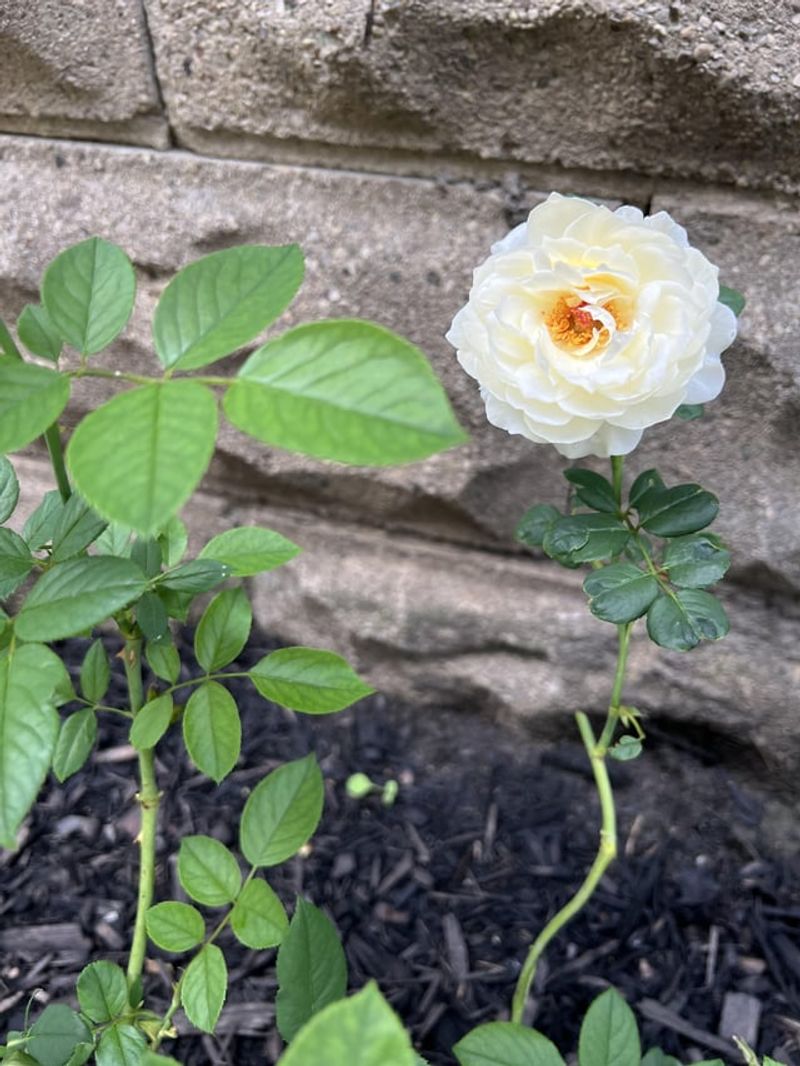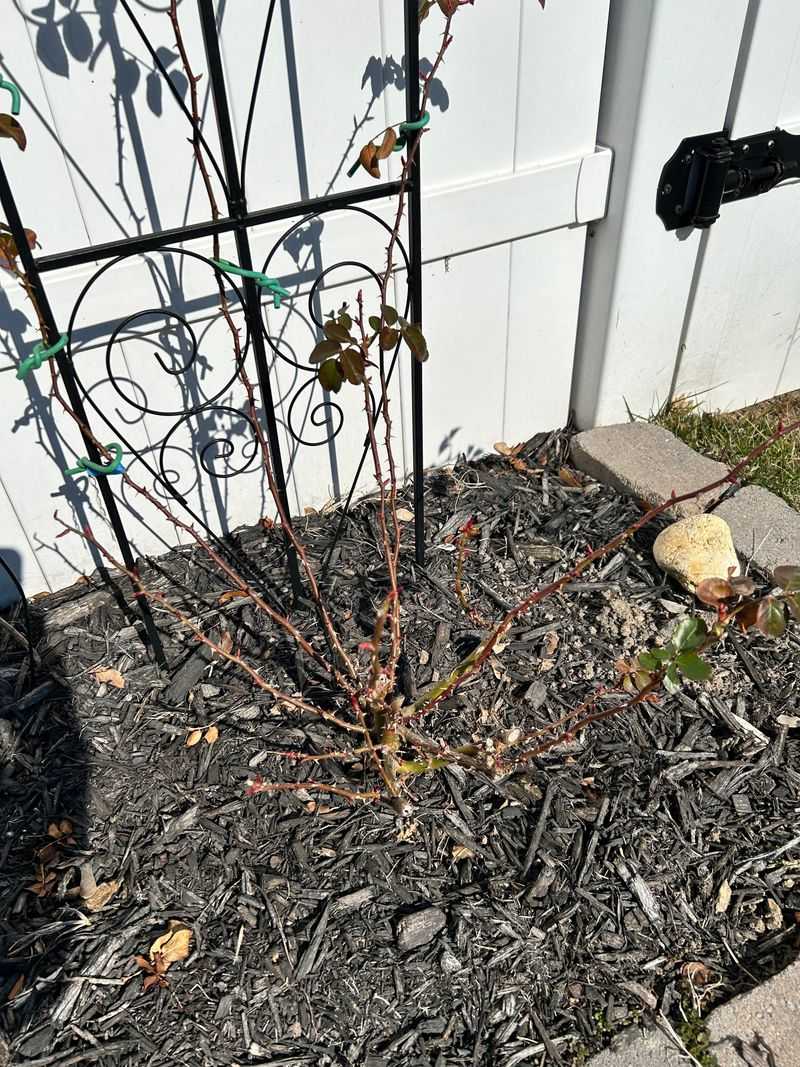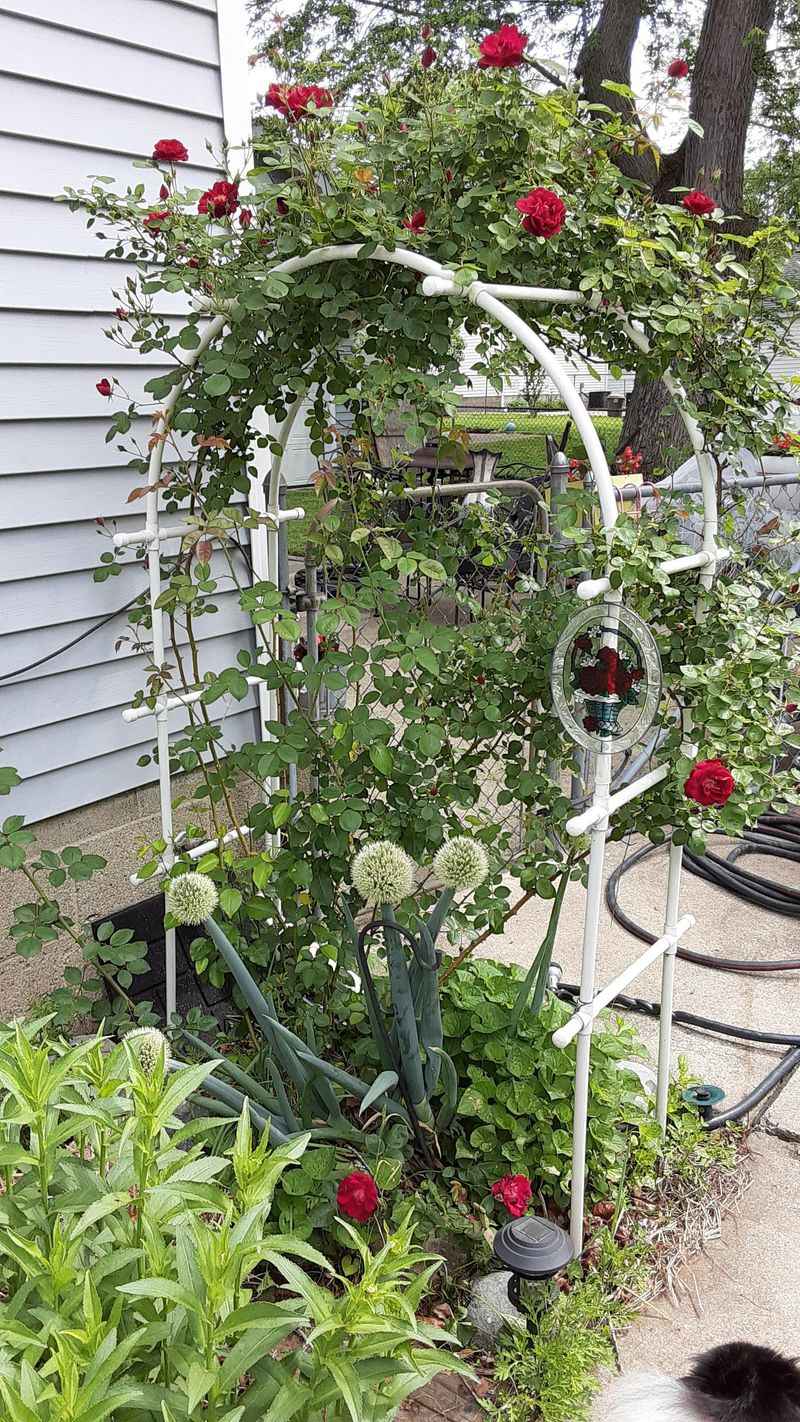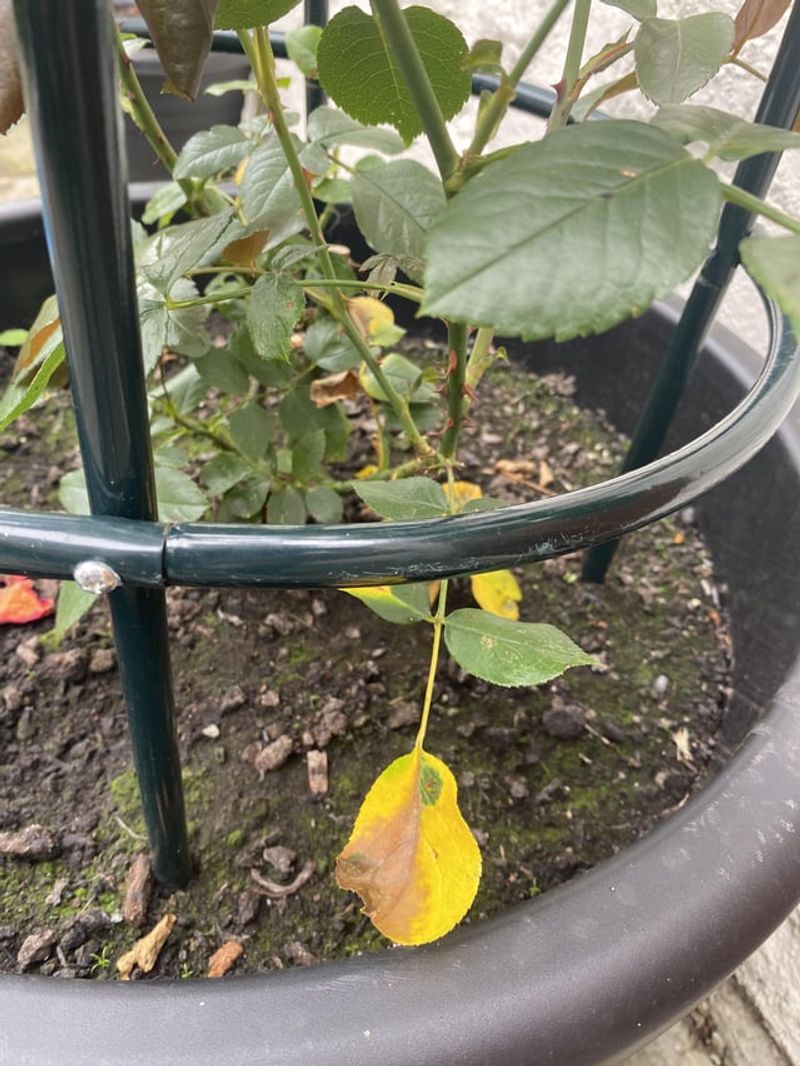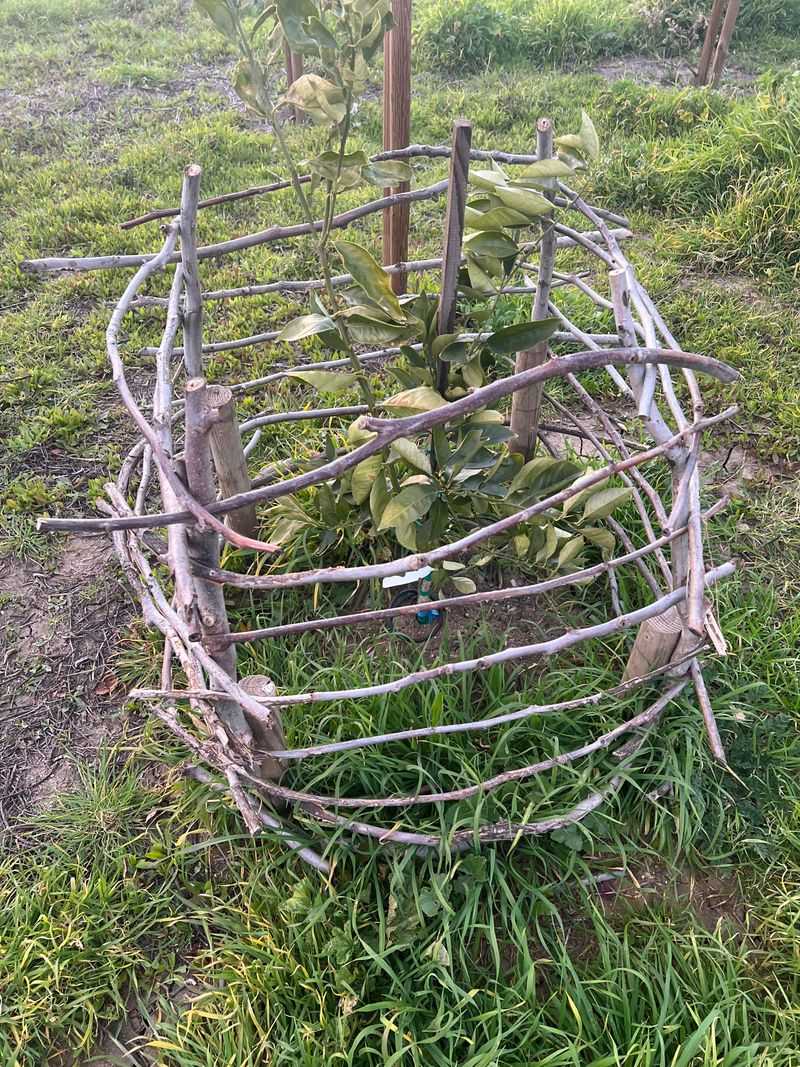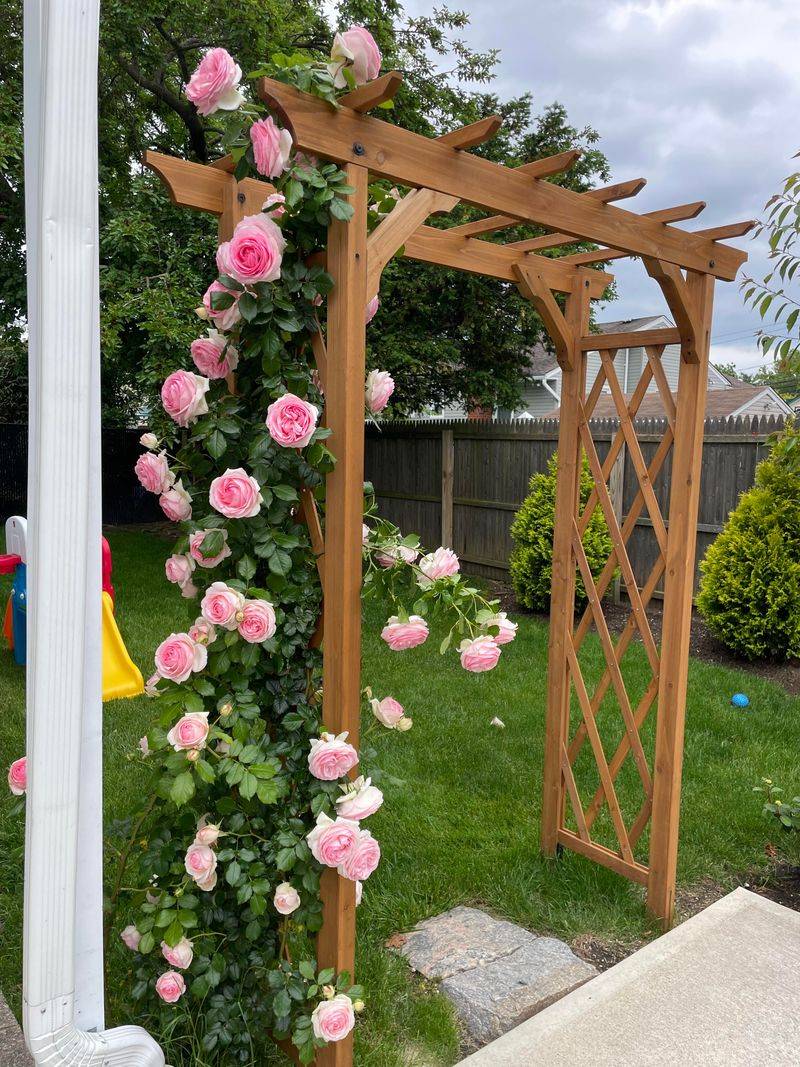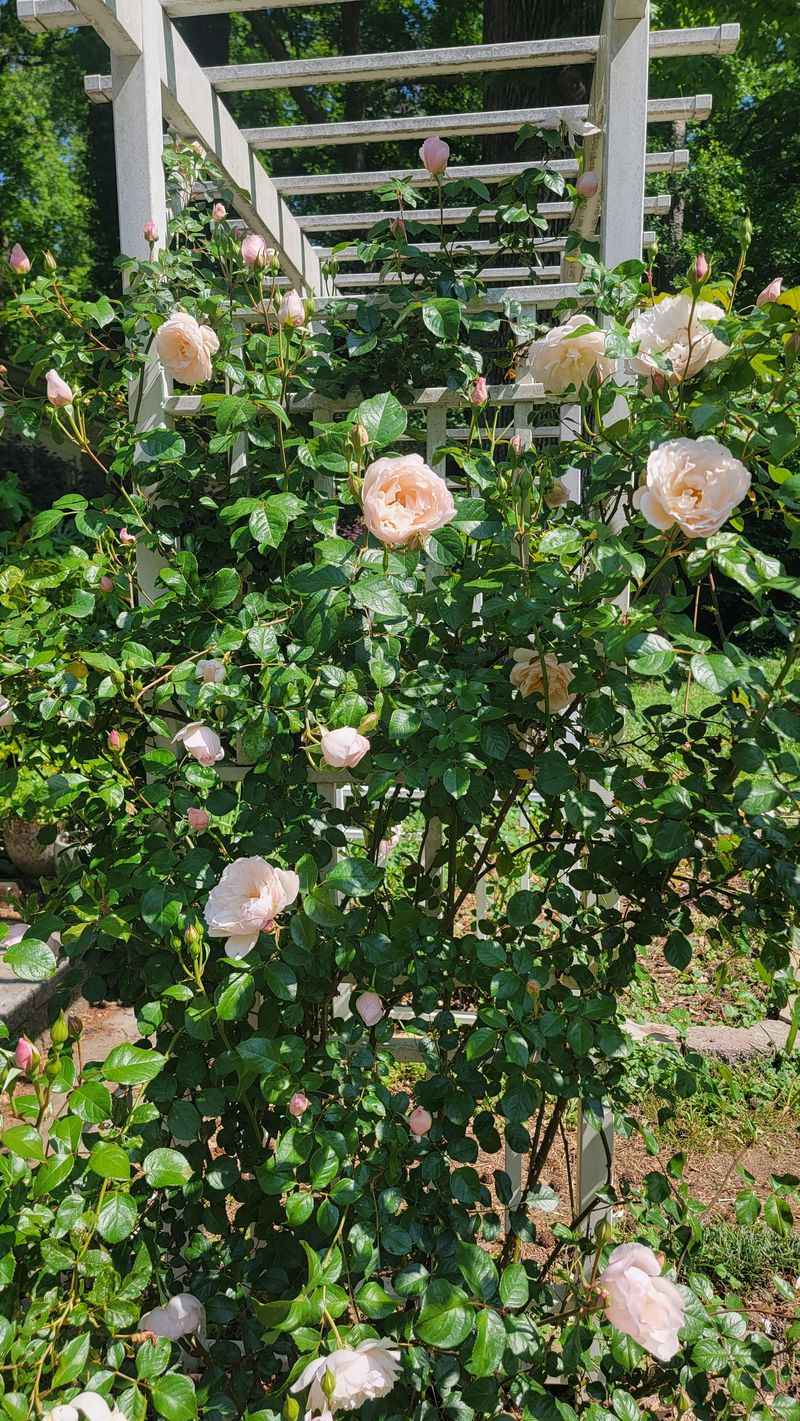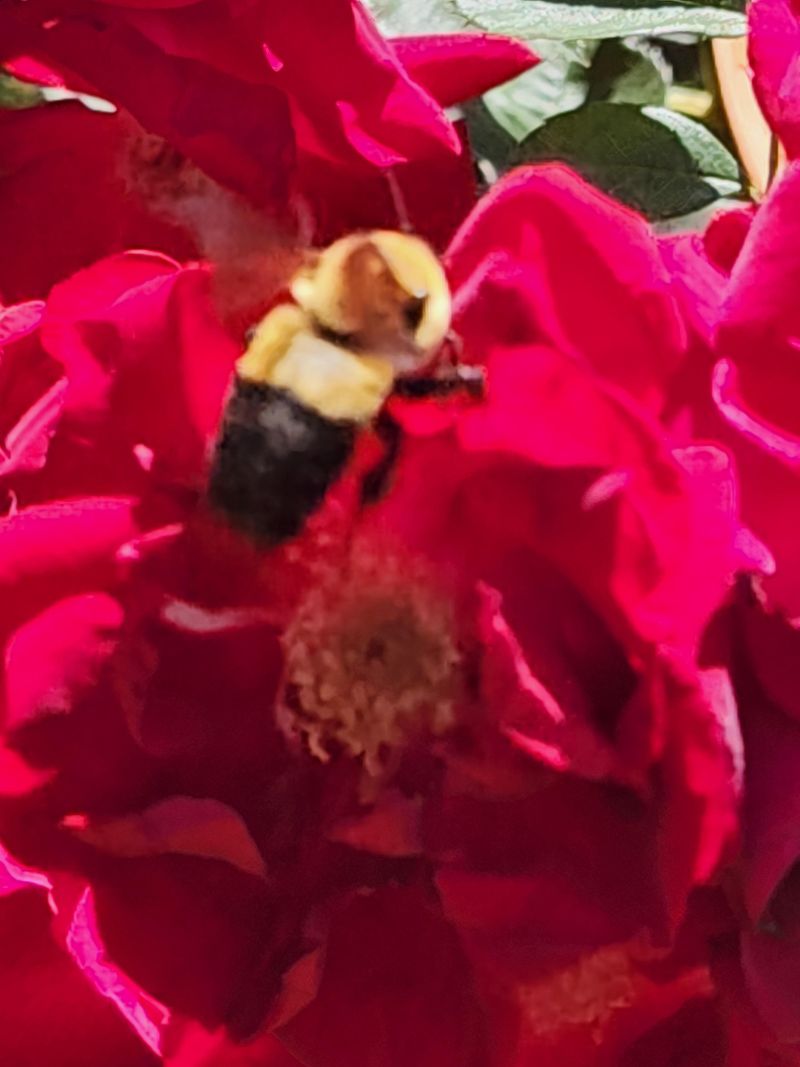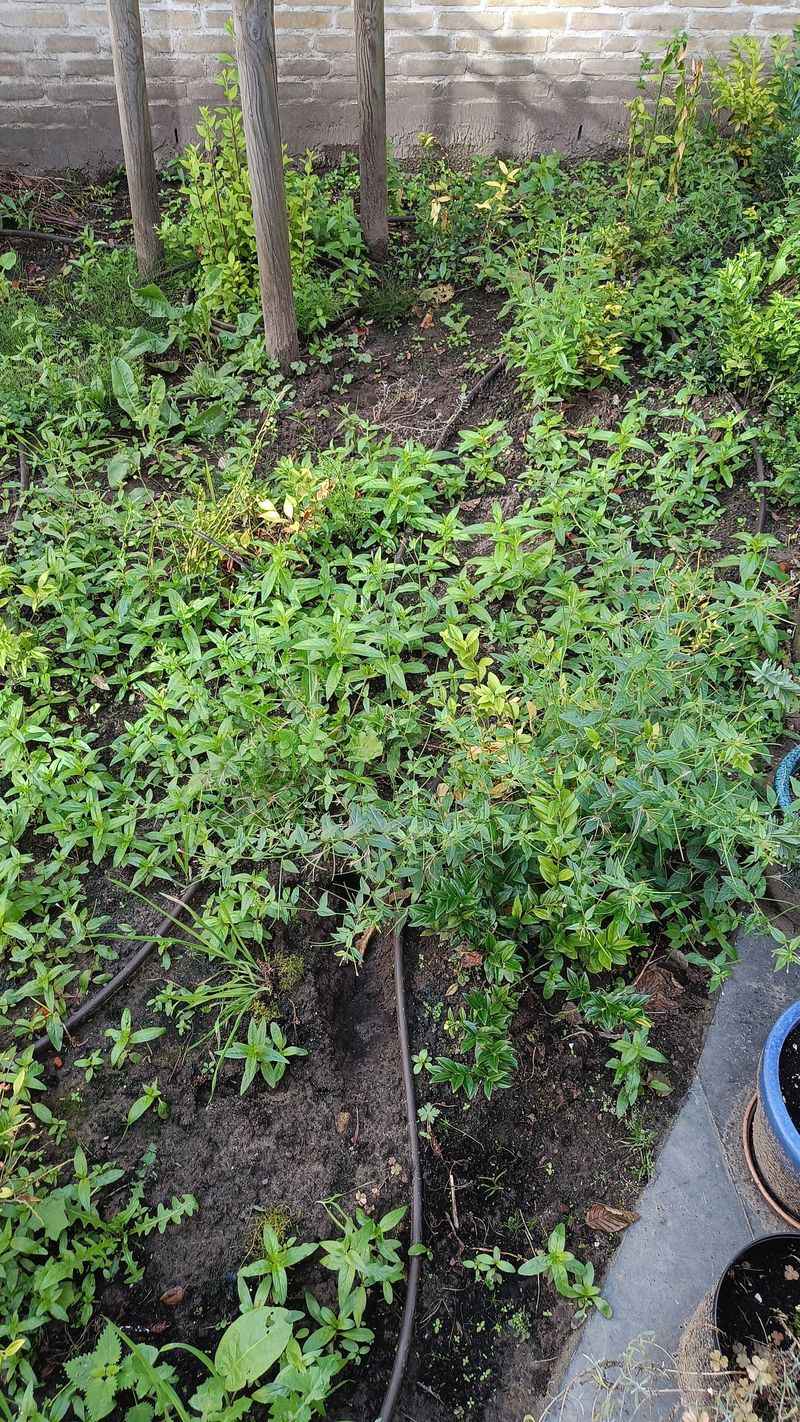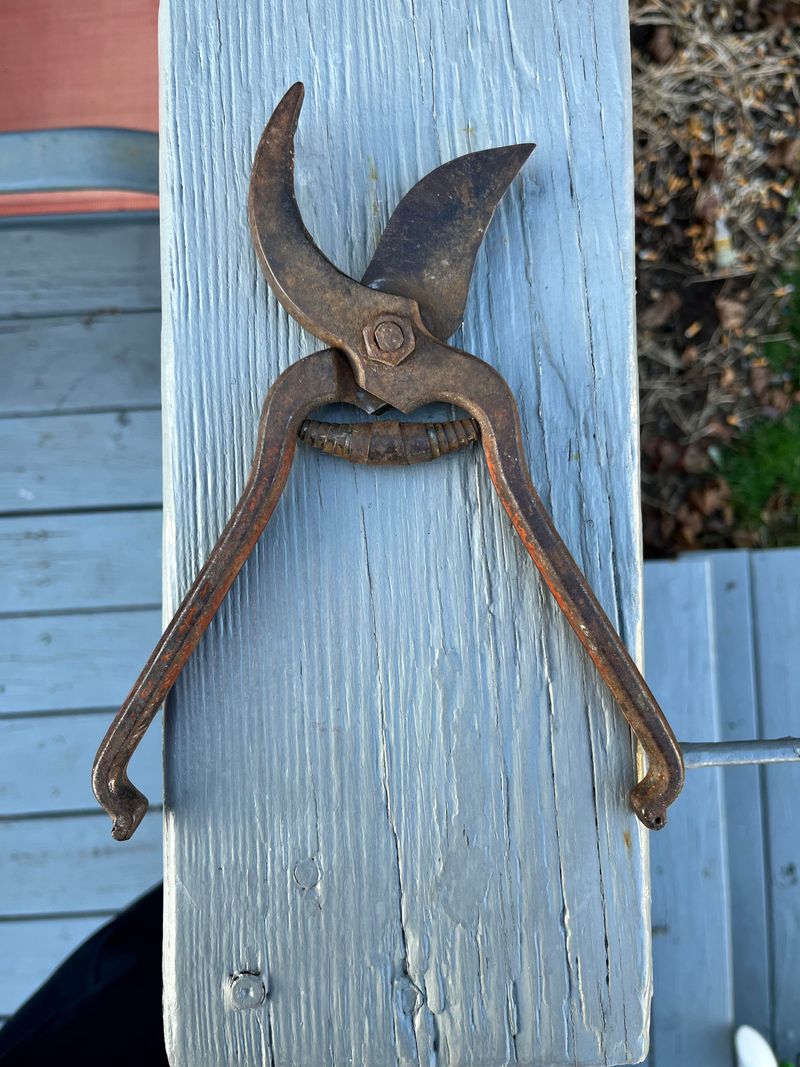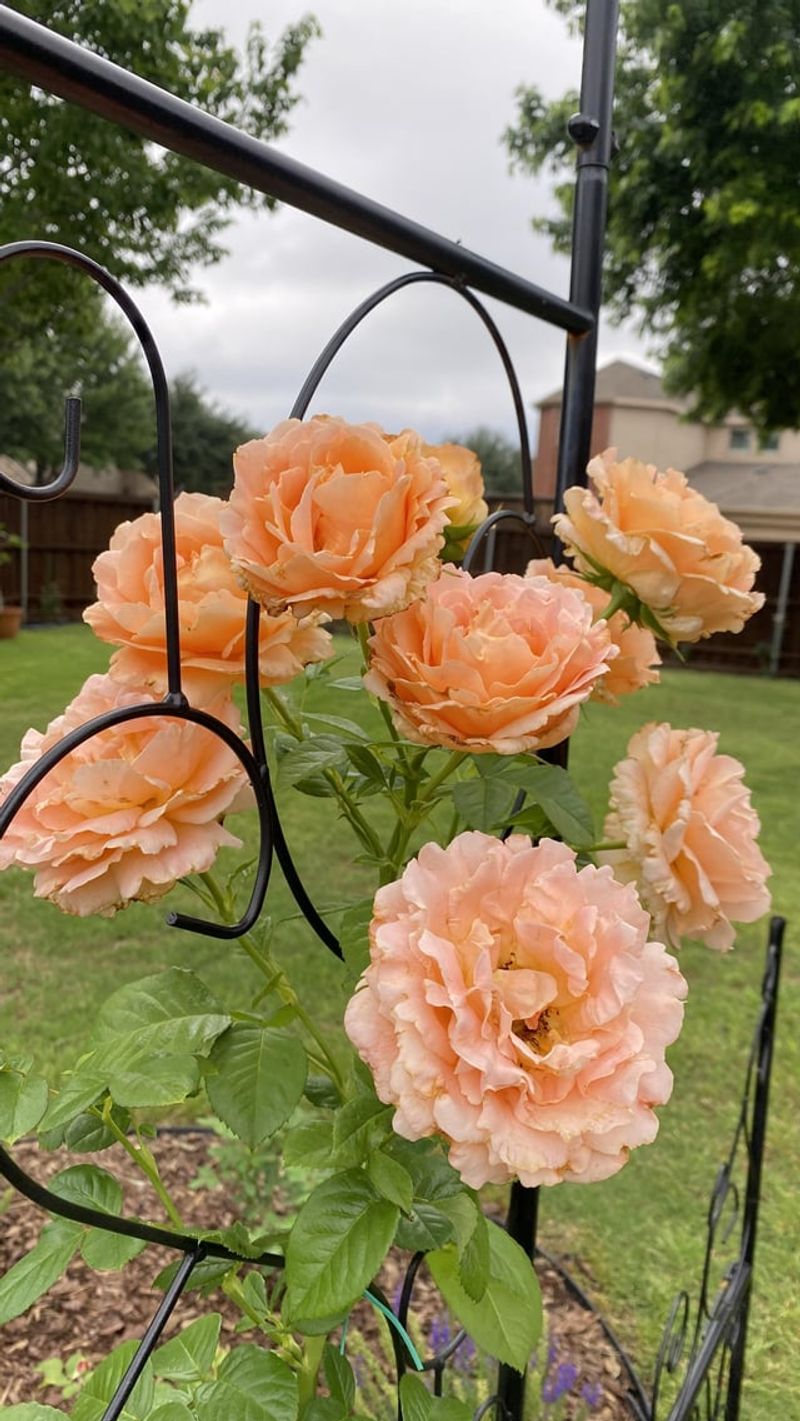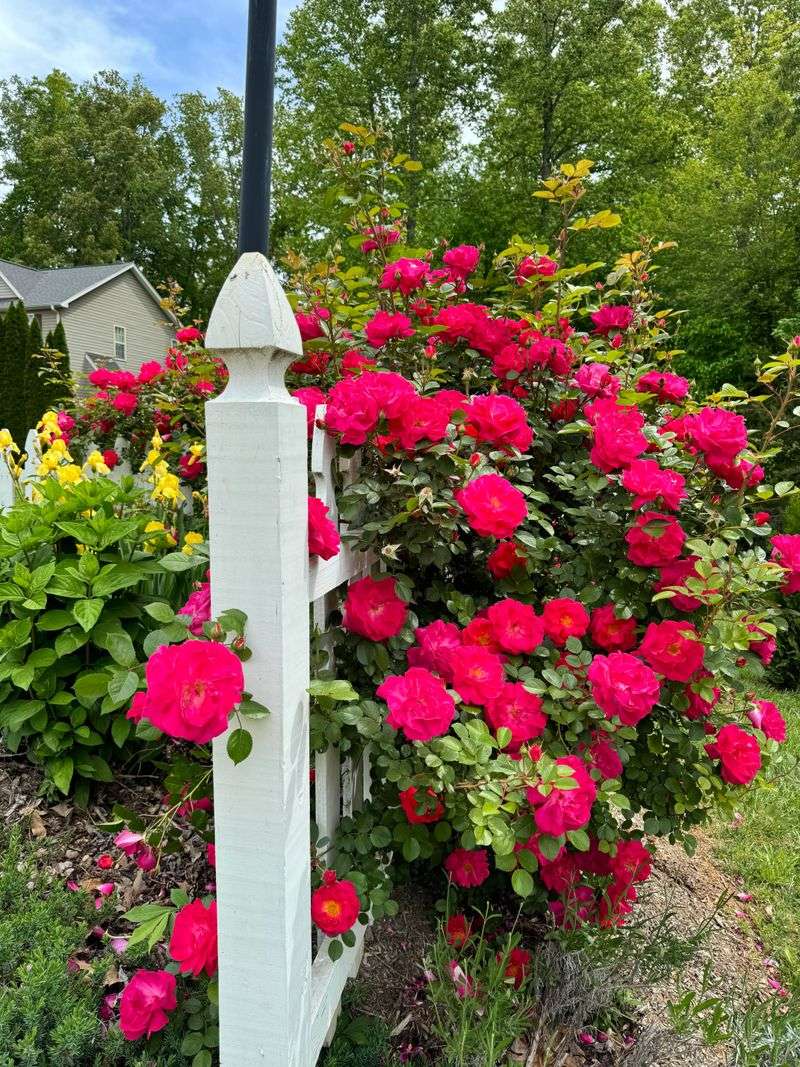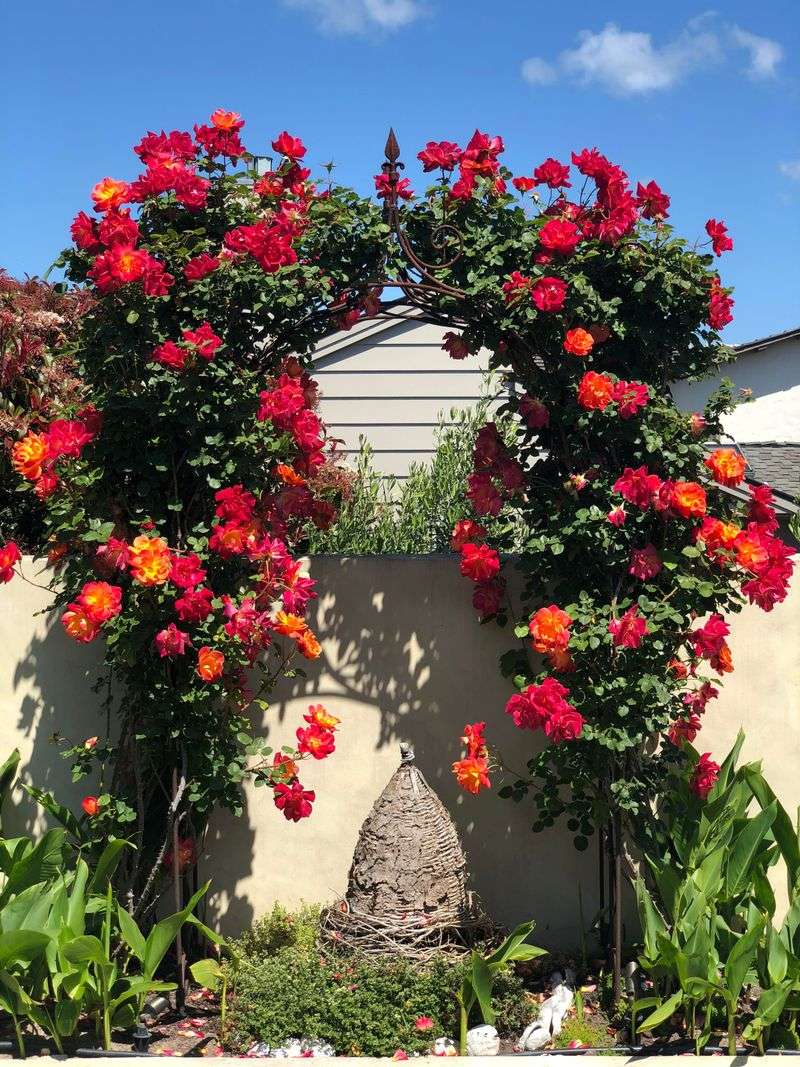Climbing roses can transform any garden into a floral wonderland with their graceful vines and beautiful blooms. If you’re eager to get them growing strong and healthy, these simple tips will set you up for success.
From choosing the right spot to the best pruning techniques, there’s so much you can do to help them thrive. Plus, I’ve got some extra tricks up my sleeve to ensure your climbing roses reach their full potential.
Ready to add some climbing charm to your garden? Let’s get started!
1. Choose the Right Location
Roses love sunlight, so ensure your climbing roses are planted in a location that receives at least six hours of direct sunlight each day. This helps them produce abundant blooms and stay healthy. Avoid areas with excessive shade, as it can lead to weaker growth.
Consider positioning them on a south-facing wall or fence where they can bask in the sun. Proper lighting is not just about beauty; it’s essential for their overall health.
2. Select Suitable Varieties
Not all climbing roses are created equal, so choose varieties that thrive in your climate. Consider your local temperature, humidity, and frost levels when selecting roses. Some varieties are more cold-hardy, while others prefer warmer environments.
Look for disease-resistant varieties for less maintenance. Research and speak with local gardeners to find the best fit. A well-chosen rose variety can make all the difference in your gardening success.
3. Prepare the Soil
Roses thrive in well-drained, fertile soil. Before planting, enrich the soil with organic matter like compost or well-rotted manure. This adds nutrients and improves soil structure, helping roots grow strong.
Ensure the soil pH is between 6.0 and 6.8 for optimal growth. Test the soil if needed, adjusting with lime or sulfur. Proper soil preparation is a key step in setting your roses up for success.
4. Space Plants Properly
Give your climbing roses room to grow by spacing them appropriately. Each plant needs adequate air circulation to prevent diseases. Space them at least 3 to 8 feet apart, depending on the variety.
This not only helps with air flow but also ensures they have enough room to spread out. Crowding can lead to stunted growth and increased disease risk. Thoughtful spacing is crucial for a thriving rose garden.
5. Install Sturdy Supports
Climbing roses need strong structures to support their growth. Use trellises, arbors, or fences to guide their upward journey. Ensure the support is sturdy enough to handle the weight as they mature. Secure the structure firmly in the ground to prevent toppling.
As roses grow, gently tie canes to the support to train their direction. Investing in quality supports ensures your roses grow beautifully and safely.
6. Water Wisely
Consistent watering is vital for climbing roses, but overwatering can lead to root rot. Water deeply at the base of the plant once or twice a week, allowing the soil to dry out slightly between waterings.
Early morning is the best time to water, reducing evaporation and keeping foliage dry to prevent disease. Monitoring soil moisture ensures healthy growth and vibrant blooms.
7. Fertilize Regularly
Feed your climbing roses with a balanced fertilizer during the growing season. Use a rose-specific or balanced granular fertilizer every 4 to 6 weeks. This provides essential nutrients like nitrogen, phosphorus, and potassium.
Apply it to the base, avoiding foliage to prevent burn. Regular feeding supports robust growth and abundant blooms, making your roses both healthy and beautiful.
8. Prune for Health
Pruning is essential for maintaining healthy climbing roses. Remove dead, damaged, or crossing branches in late winter or early spring. This encourages fresh growth and airflow within the plant. Use sharp, clean tools to make precise cuts above a bud.
Pruning helps shape the plant and promotes vigorous flowering. Regular maintenance keeps your roses looking their best and thriving year after year.
9. Train the Canes
Training climbing rose canes involves gently tying them to supports in a horizontal pattern. This encourages more blooms along the canes. Use soft ties or garden twine, ensuring not to damage the stems.
As the roses grow, adjust ties and direction to maintain a well-shaped plant. Training is not just about aesthetics; it maximizes flower production and keeps the plant healthy.
10. Mulch to Retain Moisture
Mulching around climbing roses helps conserve moisture and suppress weeds. Use organic mulch like wood chips or straw, applying a 2-3 inch layer around the base. This keeps soil temperatures stable and reduces watering needs.
Avoid piling mulch against the stems to prevent rot. Mulching is an easy way to enhance your rose garden’s health and appearance.
11. Control Pests Naturally
Protect your climbing roses from pests using natural methods. Encourage beneficial insects like ladybugs and lacewings, which prey on aphids. Use neem oil or insecticidal soap for infestations, applying in the evening.
Handpick larger pests like caterpillars. Natural pest control keeps your garden eco-friendly and your roses healthy without harsh chemicals.
12. Prevent Diseases
Preventing diseases in climbing roses involves proper care and vigilance. Ensure good air circulation and avoid overhead watering to reduce fungus risk. Remove any diseased foliage immediately, and practice crop rotation if possible.
Regular monitoring and clean gardening practices significantly lower disease incidence. Keeping your roses healthy requires a proactive, hands-on approach.
13. Monitor for Infections
Regularly check your climbing roses for signs of infection. Look for symptoms like black spots, mildew, or unusual leaf discoloration. Early detection allows for timely intervention, such as removing affected areas and applying fungicides if needed.
Keeping a close eye on your plants helps maintain their vigor and beauty. Consistent monitoring is essential for a successful rose garden.
14. Deadhead Spent Blooms
Deadheading involves removing spent blooms to encourage new flowers. Pinch or cut off the faded flowers just above the first set of healthy leaves. This directs the plant’s energy into producing more blooms rather than seed formation.
Regular deadheading keeps your climbing roses looking fresh and vibrant, prolonging their blooming period. It’s a simple task with big rewards in flower production.
15. Provide Winter Protection
Protect your climbing roses from winter’s chill with proper insulation. In colder climates, cover the base with mulch or straw and wrap canes with burlap. This shields them from freezing temperatures and harsh winds. In milder areas, basic mulching may suffice.
Winter protection ensures your roses survive until the next growing season, ready to bloom again with the warmth of spring.
16. Choose Companion Plants Wisely
Pair climbing roses with companion plants that enhance their beauty and health. Choose plants like lavender or clematis, which have similar growing needs and can deter pests. Avoid overcrowding, ensuring each plant has enough space and resources.
Companion planting improves garden diversity and aesthetics, creating a harmonious environment for your roses to flourish.
17. Check Soil pH Regularly
Roses prefer slightly acidic soil, so regularly check your soil’s pH to maintain optimal levels. Use a pH meter or testing kit, and adjust with lime or sulfur as needed. Knowing your soil’s pH helps tailor fertilization and other care practices.
A healthy pH level supports nutrient uptake, ensuring your climbing roses have what they need to thrive and bloom beautifully.
18. Rotate Planting Locations
Rotating planting locations helps prevent soil nutrient depletion and disease build-up. If possible, alternate areas where climbing roses are planted every few years. This practice mimics nature’s cycles, reducing pest and disease risk.
It’s particularly useful in smaller gardens where space is limited. Thoughtful rotation ensures your roses enjoy fresh, nutrient-rich soil for optimal health.
19. Use Protective Barriers
Protect your climbing roses from pests with physical barriers like nets or mesh. These prevent insects and animals from damaging plants without the use of chemicals. Ensure the barriers are securely installed and allow for proper air circulation.
This approach is ideal for organic gardeners seeking eco-friendly pest control. It’s a practical way to safeguard your roses while maintaining a healthy garden ecosystem.
20. Test Soil Nutrients
Understanding your soil’s nutrient levels is key to healthy climbing roses. Use a soil test kit to check for essential nutrients like nitrogen, phosphorus, and potassium. Based on the results, adjust your fertilization routine to address any deficiencies.
Regular testing helps tailor your care practices, ensuring your roses receive the nutrients they need to bloom and grow robustly.
21. Provide Balanced Nutrition
Balanced nutrition is crucial for vibrant climbing roses. Feed them with a mix of organic compost and commercial rose fertilizer to cover all nutrient needs. Ensure a steady supply of nitrogen, phosphorus, and potassium throughout the growing season.
Proper nutrition supports strong growth and abundant blooms, enhancing the overall beauty of your rose garden. Tailored feeding keeps your roses in top shape.
22. Encourage Pollinators
Attract pollinators like bees and butterflies to your climbing roses to boost flowering. Plant pollinator-friendly flowers nearby, and avoid using harmful pesticides. Pollinators help roses reproduce, leading to more robust blooms.
Their presence not only benefits your roses but also enhances local biodiversity. Creating a pollinator-friendly garden supports your roses and the environment.
23. Manage Weeds Effectively
Keep weeds in check around your climbing roses to reduce competition for resources. Regularly hand-pull weeds or use a hoe, being careful not to disturb rose roots. Mulching also suppresses weed growth effectively.
Consistent weeding maintains a tidy garden and ensures your roses receive the nutrients and water they need. A weed-free garden contributes to healthier, happier roses.
24. Enhance Air Circulation
Good air circulation reduces disease risk in climbing roses. Ensure plants are spaced adequately and pruned to allow airflow. Avoid overcrowding, and remove excess foliage if needed. Proper circulation minimizes fungal issues and keeps leaves dry.
A well-ventilated garden is key to maintaining the health and vigor of your climbing roses, preventing common problems before they arise.
25. Keep Pruning Tools Clean
Clean pruning tools prevent the spread of diseases between plants. After each use, wipe tools with alcohol or a disinfectant solution. This removes any pathogens and keeps your roses healthy. Sharp, clean tools make precise cuts, reducing plant stress.
Maintaining tool hygiene is a small but vital part of rose care, ensuring your garden remains a thriving, disease-free zone.
26. Choose Organic Fertilizers
Opt for organic fertilizers to nourish climbing roses sustainably. Use compost, fish emulsion, or seaweed extract to feed your plants. Organic options improve soil health and support beneficial microorganisms.
They provide a slow, steady nutrient release, reducing the risk of over-fertilization. Choosing organic fertilizers aligns with eco-friendly gardening practices while ensuring your roses bloom beautifully.
27. Incorporate Seasonal Care
Adjust your care routine to suit the seasons. In spring, prune and fertilize to encourage growth. Summer calls for regular watering and pest monitoring. Fall involves preparing for dormancy with reduced feeding. Winter demands protection from cold.
Seasonal care ensures your climbing roses receive what they need throughout the year, promoting long-term health and vibrant blooms. Staying in tune with nature’s cycles benefits your garden.
28. Enjoy the Blooms
Take time to enjoy the beauty of your climbing roses as they reach full bloom. Their vibrant colors and delightful fragrance are rewards for your hard work. Share the blooms with friends or use them to decorate your home.
Moments spent in your rose garden offer relaxation and joy, connecting you with nature. Embracing the beauty of your roses makes gardening a fulfilling, enriching experience.

